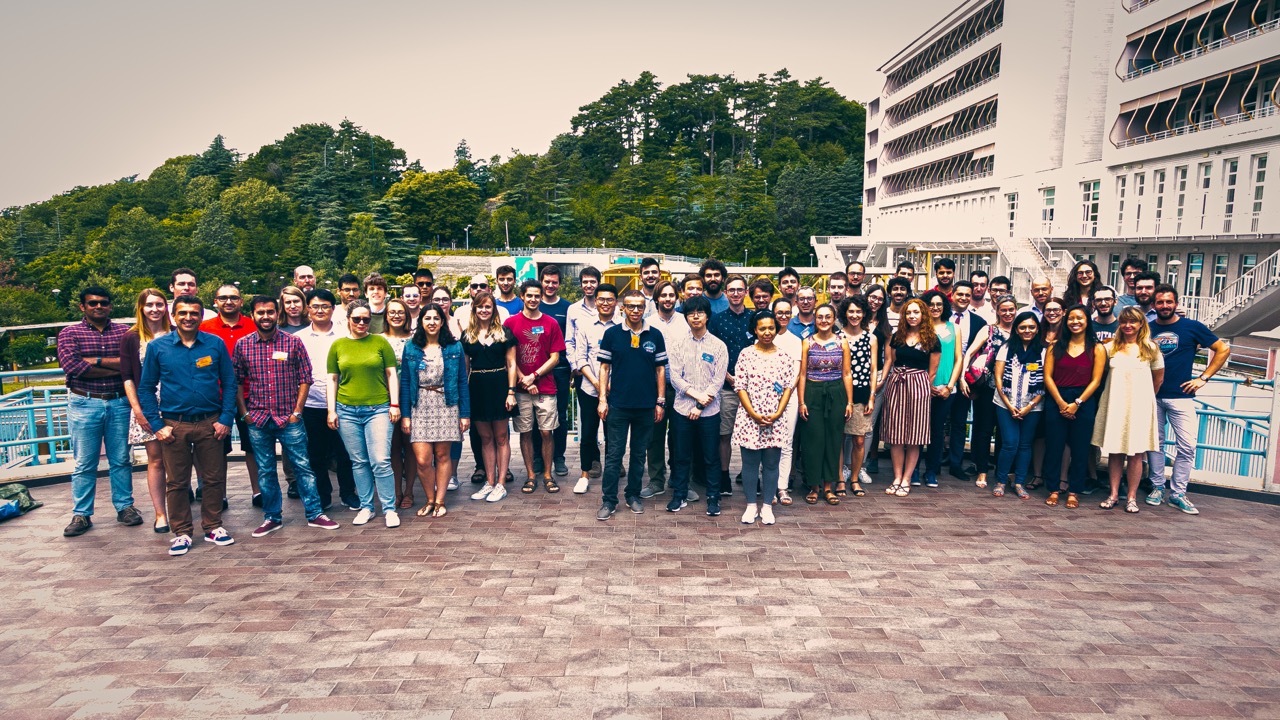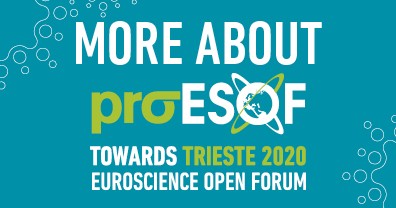Summer School on Reduced Order Methods in Computational Fluid Dynamics
SISSA, International School for Advanced Studies, Main Campus, Trieste, Italy
The scope and the structure of the Summer School
The scope of the summer school is to provide an overview of reduced order methods with particular emphasis on fluid dynamics problem. The school will start with a brief introduction on the different full order discretization techniques usually employed in computational fluid dynamics (Finite Element and Finite Volume Method) and will later introduce different reduced order modeling strategies. The methodologies introduced during the classes will also be employed during practical exercises using the computational framework developed at SISSA (RBniCS/ITHACA-FV).
SISSA Lecturers: Gianluigi Rozza, Francesco Ballarin, Giovanni Stabile.
Guest Lecturers: Annalisa Quaini (University of Houston), Simona Perotto (Politecnico di Milano) , Matteo Giacomini (Polytechnic University of Catalonia).
Thematic lectures offered by SISSA staff: Enrique Delgado, Nicola Demo, Michele Girfoglio, Martin Hess, Efthymios Karatzas, Andrea Lario, Andrea Mola, Federico Pichi, Maria Strazzullo, Marco Tezzele, Zakia Zainib.
Scientific Committee: Gianluigi Rozza, Francesco Ballarin, Giovanni Stabile.
Organizing Committee: Francesco Ballarin, Giuseppe Carere, Enrique Delgado, Nicola Demo, Michele Girfoglio, Sara Greblo, Martin Hess, Saddam Hijazi, Efthymios Karatzas, Andrea Lario, Laura Meneghetti, Andrea Mola, Umberto Morelli, Monica Nonino, Federico Pichi, Francesco Romor, Gianluigi Rozza, Nirav Shah, Giovanni Stabile, Maria Strazzullo, Marco Tezzele, Emanuele Tuillier Illingworth, Zakia Zainib, Matteo Zancanaro (SISSA), Shafqat Ali (ICTP).
The Summer School will be of 5 days; Also, there will be a poster session open to students and early postdocs. Participants are encouraged to prepare a poster that summarizes their research activity that will be presented during the summer school.

The Summer School is among the flagship events sponsored by the European Mathematical Society.
The event is also among the proESOF initiatives.
The school is organized in cooperation with SISSA SIAM student chapter





